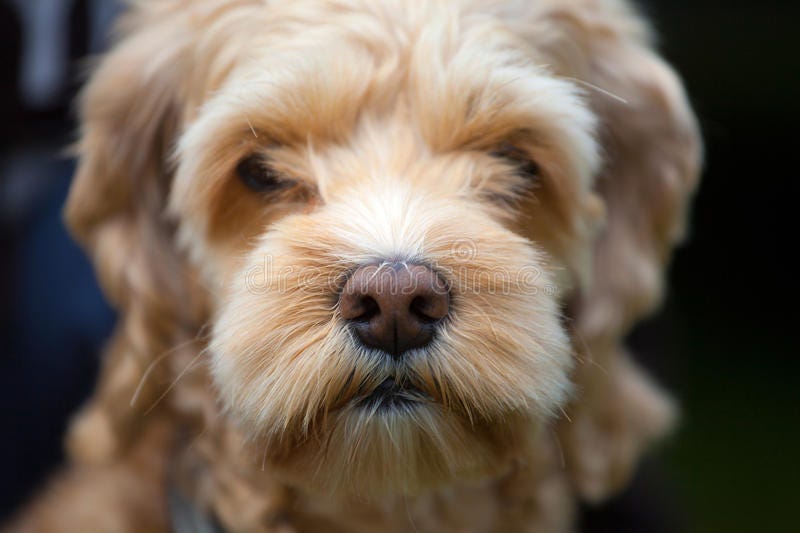By subscribing to my blog newsletter, you will support my efforts to ensure food and medical care to a few lonely living old people and stray animals in Bulgaria. I created this blog for fundraising purposes. Any subscription guarantees 3-5 weekly dispatches via e-mail with new content and full access to all the publications in the blog for $6 a month or $60 per annum. Thank you.
We all know that nutrition and exercise are essential for our pets. However, do you think that if they happen at a specific time, it can affect the animal's digestion and overall well-being, for better or worse? If you own a dog or are considering adding a furry companion to your family, it is good to have an idea of the main activities of any dog's day importance: feeding and walking. And while each pet has its own individual physical and nutritional needs, the timing and sequence in which they occur are important. Or, more specifically, the question arises: is it better to feed our pet before or after a walk? Experts believe feeding your four-legged friend 45 to 60 minutes after a walk is best. If there is a need, you can all the same go to the toilet, about 30 minutes after eating. This sequence will allow your pet to rest from exercise before eating, i.e., it will reduce the risk of digestive complications resulting from exercise too soon after eating. Why is it better to give our dog a snack after the walk than before it? Think for an instant: Do you go to the gym on a full stomach? Probably not. Well, it is quite possible that your pet also does not feel like exercising after eating well. But not only.
There are some potentially fatal digestive complications associated with feeding your pet too soon before a walk. Gastric dilatational volvulus (also known as gastric bloat) is an acute life-threatening condition common in larger breeds. It occurs when the stomach fills with gas or becomes bloated. In severe cases, this "widening" can lead to twisting, which in turn can cause life-threatening blockages. The latter requires if at hand a quick surgery, which may be difficult for enduring by elder animals and ones having fragile health. Exercising after consuming large amounts of food or water can increase the dog's risk of developing gastric dilatation. On the other hand, if you give your pet a bite to eat after you have finished exercising (optimally - about an hour), you significantly reduce the likelihood of volvulus syndrome. Sometimes when we eat really well, we wish we could rest a bit, do not we? Well, dogs feel the same way, too. Your pet may not want to go for a walk after eating breakfast or dinner. Eating can make him a little lazy, and after all, the purpose of any walk is for the animal to expend as much energy as possible. And while it may seem like your dog is calmer if you walk him after a meal, he's probably just tired. Still, there are some benefits associated with eating before a walk It is no secret that walking your dog is essential to his health and well-being. However, your pet should have enough time to process its food before going out for a walk. It is best to wait two to three hours as mentioned above to give your pet a chance to reap the benefits. Blood sugar after a meal in dogs (as well as in humans) rises, so a walk after a meal can help to stabilize its levels. This can be very useful for four-legged friends with diabetes or obesity. Of course, it is a good idea to consult your veterinarian if your pet is diagnosed with a certain disease or if you think there is a need to reduce its weight. Deciding what is the best time to feed and walk your dog depends on your schedule. If you work from home, you have more flexibility. In the event that you have to be in the office from nine to five, the situation becomes a little more complicated, however, making it a habit for the animal to walk and eat at the same time of the day can help its digestion. Dogs are creatures of routine, so rest assured that your pet will quickly adjust to the schedule you set. Diet and exercise are integral when it comes to your pet's health and happiness. By feeding and walking him at set times, you help him reap all the benefits that an established routine brings.




